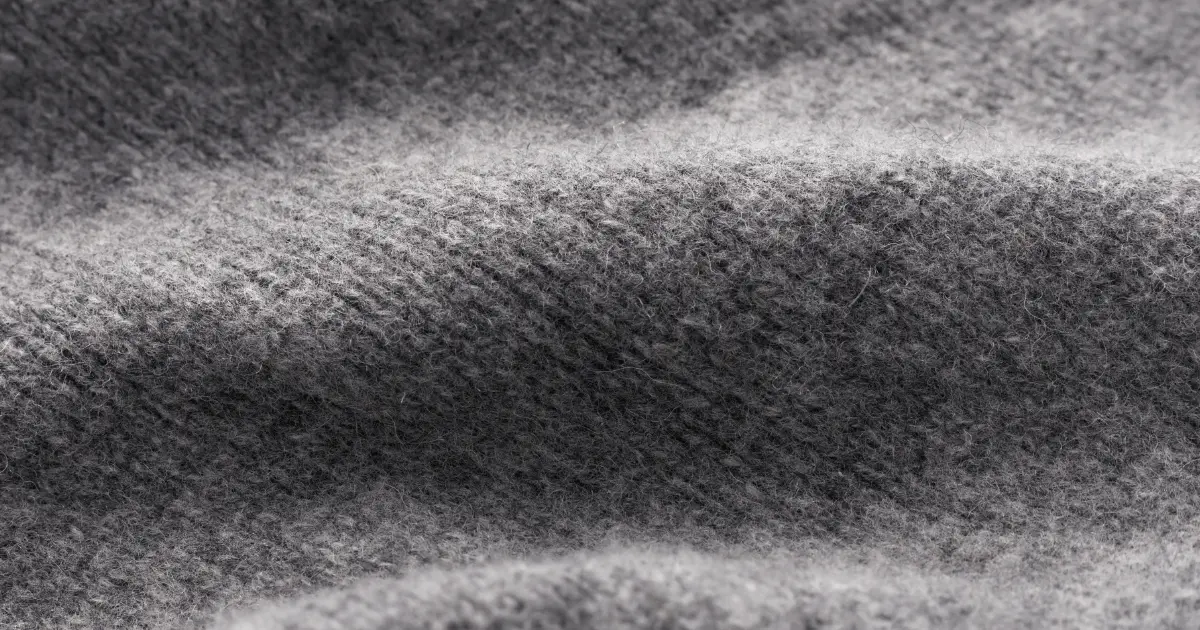Nylon’s breathability depends on how the manufacturer made it; however, most nylon clothes are not breathable. While nylon is a popular fabric for creating robust and long-lasting clothes, it doesn’t let air flow through. It can also trap heat and moisture on your skin, causing you to feel warm and sweaty.
Understanding Breathable Fabrics
Breathable textiles allow air to readily pass through them, allowing sweat to evaporate and keeping you cool. Fabrics that hide sweat are frequently breathable to aid in reducing sweating.
Not all breathable materials are absorbent; however, they help you stay dry and comfortable when you sweat.
Fabric weight and fiber composition are two factors (amongst others) that influence how breathable a piece of fabric is. While nylon fabric is light, its fibers are so tightly-knit that air cannot pass through it.
Can I Wear Nylon Clothes In Summer?

Despite not being breathable, nylon is used in the summer for different reasons. Nylon is light, which can help you stay cool in warm weather. Second, nylon dries quickly, so unlike other materials, it won’t retain moisture. While wearing nylon clothing in the summer can give you these advantages, note that you will have to sacrifice breathability.
In the end, wearing nylon clothes in the summer depends on you. It’s worth wearing if you don’t sweat a lot, but people who sweat heavily and have sensitive skin can develop rashes from using it.
Why Use Nylon?
Since nylon isn’t breathable, some people might wonder about the point of wearing it. However, nylon has some wonderful attributes, among which is its durability. Manufacturers produce nylon from petroleum-based materials like coal and crude oil, which are strong and long-lasting.
Nylon also dries out quickly since it doesn’t absorb much water like most fabrics and is light. In addition, nylon resists wrinkles and requires little maintenance, making it a low-maintenance fabric.
Nylon is also inexpensive. Unlike some natural fibers whose production methods are tedious, nylon can easily be mass-produced along with other petroleum byproducts.
Finally, the material is versatile, and people use it to manufacture sportswear, raincoats, backpacks, and carpets. The industrial applications of nylon include bearings, belts, packing materials, and hoses.
Breathable Alternatives to Nylon Clothing.
Below is a list of alternative fabrics you can use during hot seasons if you care about breathability.
1. Cotton

Cotton is a common summer clothing choice because of its high breathability and lightweight. It is also absorbent, ensuring you are dry and cool through the summer. The major drawbacks are its relative lack of durability and how difficult it can be to maintain.
2. Wool

Wool is a versatile fabric, suitable for winter and summer. It works well in winter because of its insulating properties, and it’s great for summerwear because it’s light and breathable. Wool is also absorbent, so it whisks sweat away from your body in the summer heat.
3. Linen

Linen also combines the ideal combo of lightness, open fibers, and absorbency, making it perfect for hot conditions. Your linen clothes are breathable and ideal for wear all year long.
4. Hemp

Hemp is another summer clothing favorite because of its high degree of breathability. The material is also absorbent, making it great for taking away sweat in hot weather. However, hemp fabric is extremely care-intensive, and your fabric won’t last long without proper maintenance.
5. Silk

Silk is light and breathable; therefore, it is perfect for summer clothing. This luxurious fabric is also absorbent; however, like all the other fabrics on this list, it doesn’t equal nylon in durability.
6. Rayon

Rayon shares the same properties as silk, making light, smooth summerwear affordable. Rayon fabric does well in the summer because it consists of thin fibers, making it lightweight and breathable. It also doesn’t stick to your body when you sweat.
